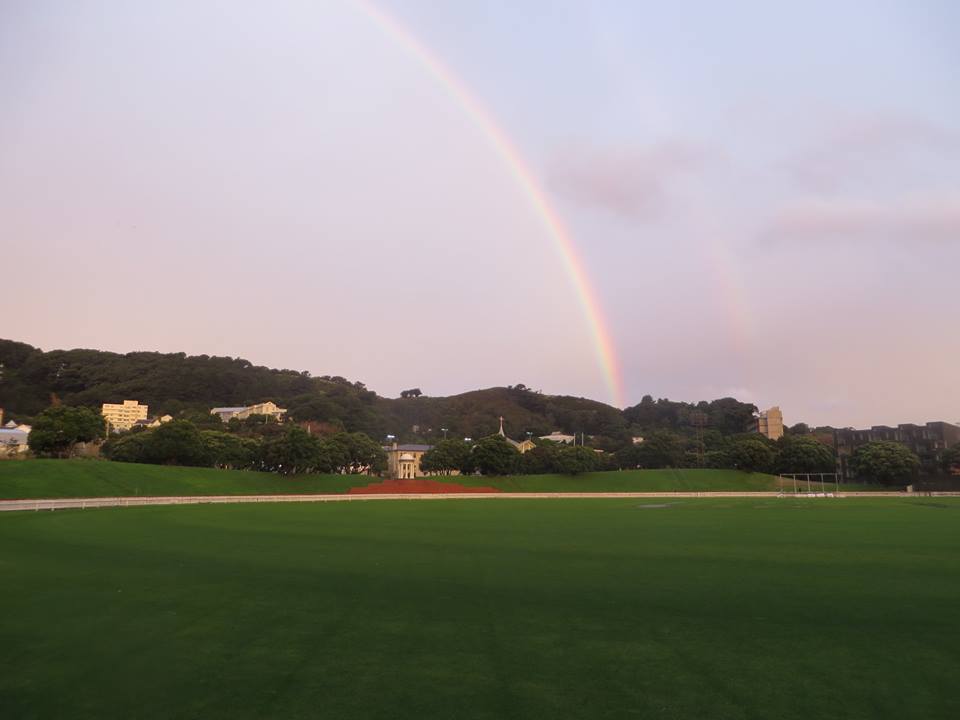
Save the Basin’s feature article on post-flyover next steps appeared in the Dominion Post last Friday. The core of the article is this seven-point plan of next steps at and around the Basin. This has received a good reception so far, but we’re still trying to get to grips with the consultation process on post-flyover options. We’ve been told that it will be open and consultative, but it remains shrouded in secrecy so far.
But when the six-member Governance Group is ready to listen, we’re ready to talk. Here is our set of proposed next steps:
- Reframe the Basin as a sporting, urban development and heritage area as well as a transport corridor. The politicians and the NZTA need to grab the opportunity to engage the community in thinking about the future of the Basin and its surroundings.
- Create a master plan for the whole area. Its national significance needs to be given appropriate recognition: instead of seeing the Basin, Pukeahu National War Memorial Park, the Governor General’s residence, numerous local schools and the heritage of Mt Victoria as isolated pieces, the rich history of the whole area should be celebrated.
- Go through a robust process to evaluate which of the transport options highlighted by the Board will have the most benefits. Start by carrying out small improvements to bring relief to frustrated transport users, and evaluate these before considering whether a more expensive option is justified. .
- Upgrade the Basin and strengthen and preserve the Museum Stand.
- Prioritise a Reserve Management Plan for the Basin (as already agreed by the City Council) that will establish key principles on how the ground should be preserved.
- Put in place heritage protection for the whole ground in the City Council’s District Plan.
- Re-develop Kent and Cambridge Terraces as grand public and private spaces well connected to the Basin – which could include uncovering Waitangi Stream that flows between them.